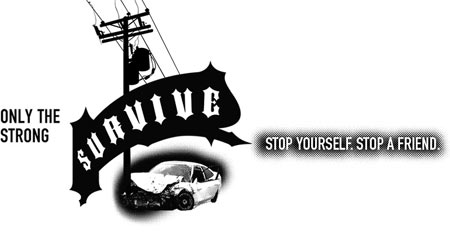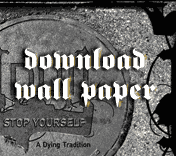
Resources
Prescription Drugs and Polydrug Use
Over-the-counter (OTC) and prescription drugs help millions of people every day when they are taken correctly and under a doctor's care. However, improper use of these drugs can cause death. Sadly, illegal use of OTC and prescription drugs is on the rise. Here are some ways teens are experimenting:
- Taking someone else's drug;
- Not following prescribed amounts;
- Taking more than is recommended;
- Combining more than one drug; and
- Taking medicines recreationally.
Teens use cough and cold medicines to get high or relieve stress or depression. Use of products with DXM (dextromethorphan) caused more than 12,584 emergency hospital visits in 2004 alone.
Here are the three classes of most commonly abused prescription medications and their descriptions:
- Opioids: Pain relievers, such as OxyContin, codeine, Vicodin, and morphine. When abused, they can be taken orally, crushed and snorted, or cooked and injected intravenously.
- Central nervous system (CNS) depressants, such as barbiturates (Mebaral, Nembutal) and benzodiazepines (Valium, Xanax). These depressants treat anxiety, acute stress reactions, panic attacks, and sleep disorders. When abused, they can be taken orally or crushed and snorted.
- Stimulants: These drugs treat ADHD, narcolepsy, asthma, depression, and obesity. They include Ritalin, Adderall, Concerta, Focalin, and Dexedrine. When abused, they can be taken orally, crushed and snorted, anally (“plugging” or “shafting”), or liquefied and injected intravenously.
Combining Drugs
Some users combine drugs to see what effects they have. This is called “polydrug use.” Commonly, the most dangerous reactions are synergistic, where the combined drugs enhance each other and can exaggerate the effects of both.
Synergistic effects: 1 drug + 1 drug = 1,000 times the intensity of effects


